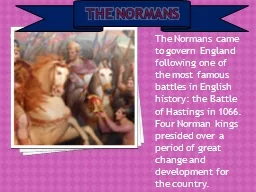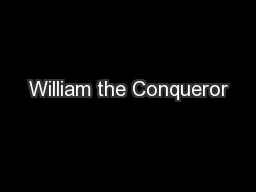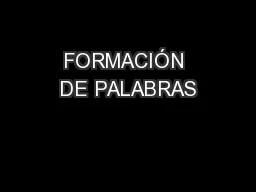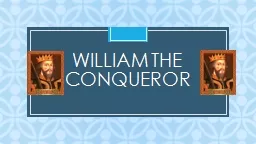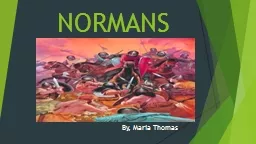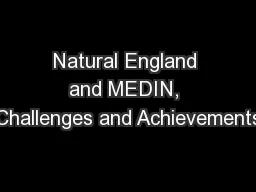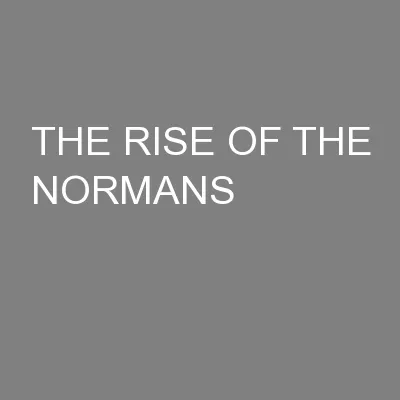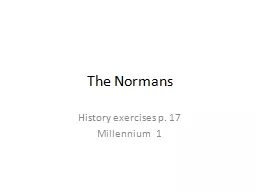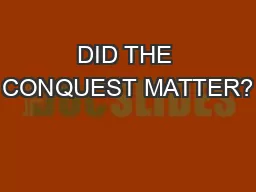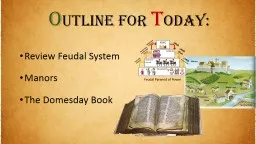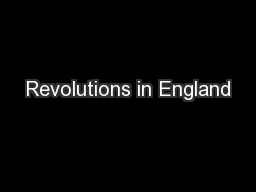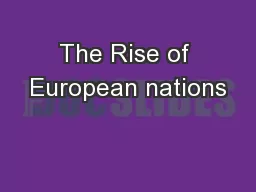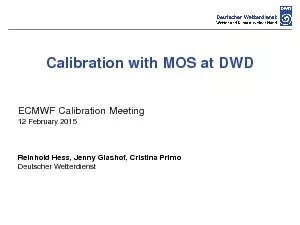PPT-The Normans came to govern England following one of the mos
Author : natalia-silvester | Published Date : 2016-02-29
THE NORMANS THE BATTLE OF HASTINGS The battle lasted from about 9 am to dusk Early efforts of the invaders to break the English battle lines had little effect
Presentation Embed Code
Download Presentation
Download Presentation The PPT/PDF document "The Normans came to govern England follo..." is the property of its rightful owner. Permission is granted to download and print the materials on this website for personal, non-commercial use only, and to display it on your personal computer provided you do not modify the materials and that you retain all copyright notices contained in the materials. By downloading content from our website, you accept the terms of this agreement.
The Normans came to govern England following one of the mos: Transcript
Download Rules Of Document
"The Normans came to govern England following one of the mos"The content belongs to its owner. You may download and print it for personal use, without modification, and keep all copyright notices. By downloading, you agree to these terms.
Related Documents

